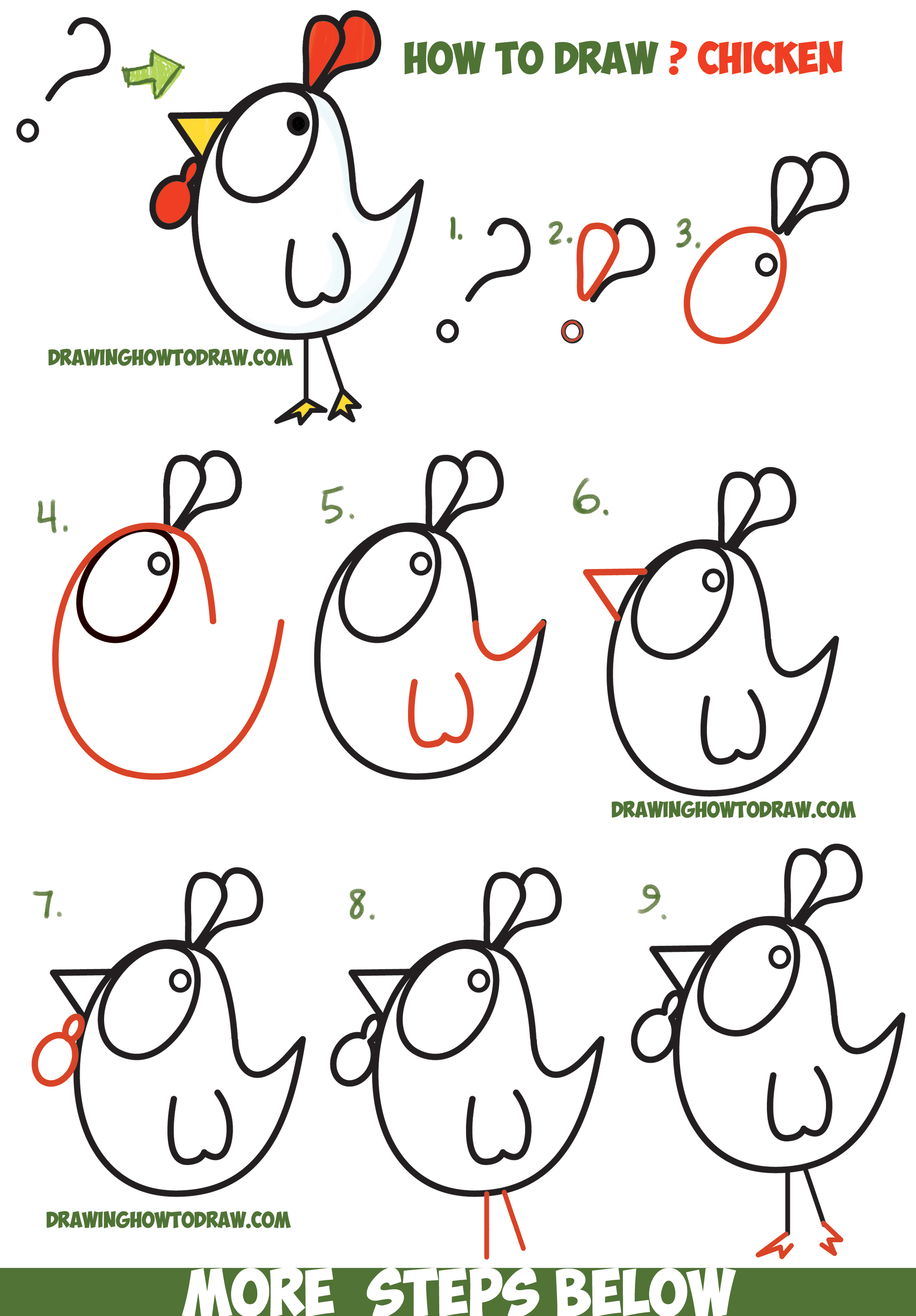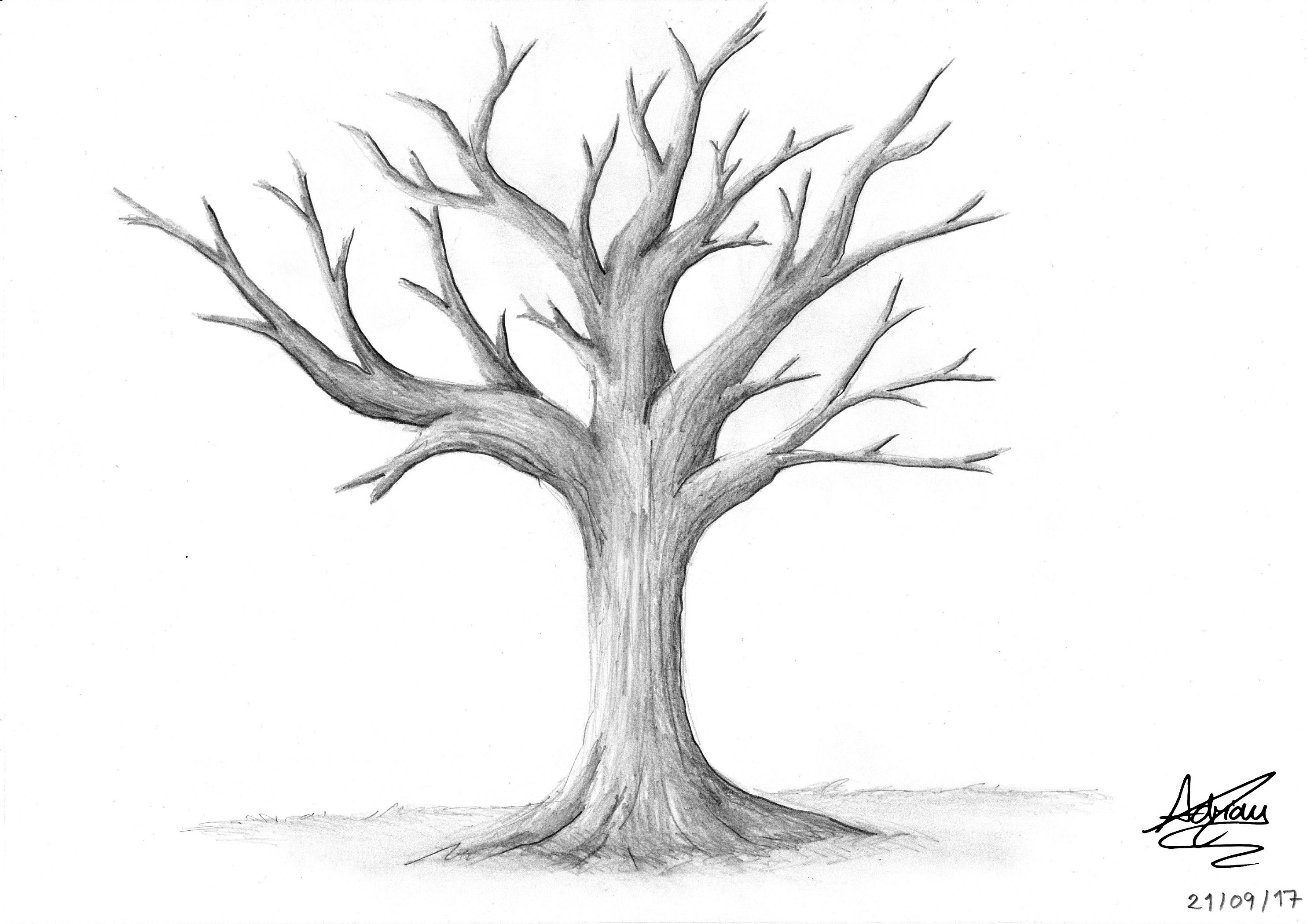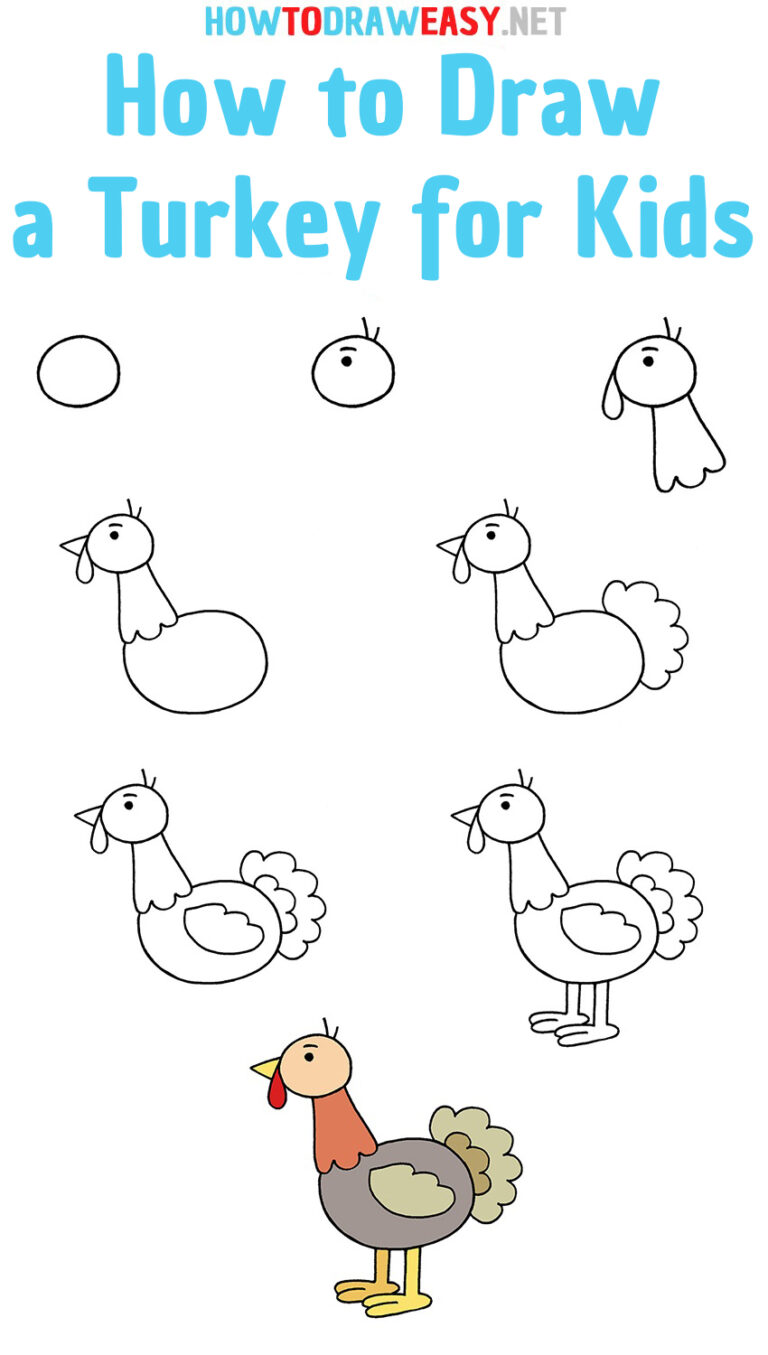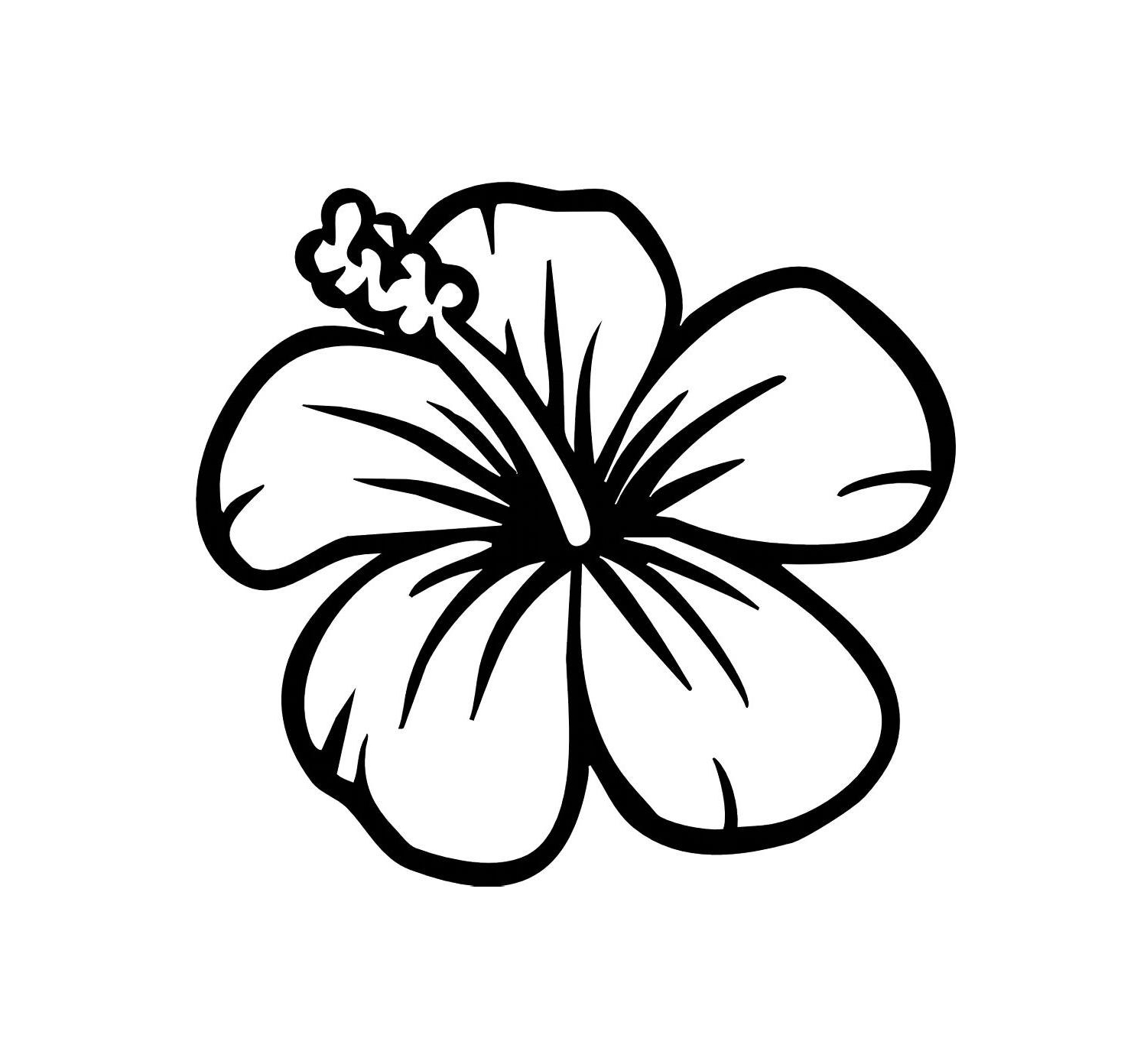Portrait drawing for the ultimate beginner the face
Table of Contents
Table of Contents
Are you struggling with drawing a face shape? Do you find it difficult to capture the essence of a person’s features? Look no further, as we have gathered tips and tricks to help you master how to draw a face shape with ease.
When it comes to drawing a face shape, many beginners struggle with proportions and getting the angles just right. This can lead to frustration and discouragement, but with practice and patience, anyone can improve their skills.
First and foremost, it’s important to understand the basic anatomy of the face. This includes the placement of features such as the eyes, nose, and mouth, as well as the shape and structure of the skull. Once you have a good understanding of the underlying structure, you can begin to add detail and personality to your drawings.
In summary, when learning how to draw a face shape, it’s important to practice regularly and to understand the basic anatomy of the face. Focus on proportions and angles, and don’t be afraid to experiment with different styles and techniques.
Understanding the Basics of Drawing a Face Shape
Drawing a face shape can be daunting, especially if you’re new to art. However, with the right tools and techniques, anyone can create a stunning portrait. I remember when I first started drawing faces; I struggled to create the right proportions and often ended up with lopsided features. But with time, I learned to pay attention to details such as the width of the nose or the shape of the jawline.
One tip that helped me was to break down the face into simple shapes. For example, try dividing the face into thirds: the top third for the forehead, the middle third for the nose and eyes, and the bottom third for the mouth and chin. This can help with accurately placing features and achieving symmetry.
 Adding Depth and Personality to Your Drawing
Adding Depth and Personality to Your Drawing
While accurate proportions are important, it’s also essential to add depth and personality to your drawings. Experiment with different shading techniques and use reference photos to study things like lighting and facial expressions. Juicy details like how one’s hairs are falling, are eyebrows thick? etc. Personally, I love to use a variety of pencils and charcoal to add texture and dimension to my portraits.
 ### Capturing Realistic Facial Expressions
### Capturing Realistic Facial Expressions
Facial expressions can be challenging to capture accurately, but they’re essential for adding personality and emotion to your drawings. Start by practicing with a mirror, making different expressions and studying the way your facial features move. You can also use reference photos to study the expressions of others, paying attention to things like wrinkles, mouth shape, and eye movement.
Common Mistakes to Avoid When Drawing a Face Shape
One of the most common mistakes beginners make when learning how to draw a face shape is drawing the eyes too far apart. This can make the face appear wider than it actually is and throw off the entire composition. Another mistake is neglecting the underlying structure of the face, which can lead to inaccurate proportions and unrealistic features.
Question and Answer
Q: What’s the trick to getting the nose just right?
A: One tip is to start by drawing a triangle shape for the nose, with the base of the triangle at the bottom and the point towards the top of the face. From there, you can add detail and shading to create a more realistic shape.
Q: How do you avoid making lopsided features?
A: Pay attention to proportions and symmetry, and don’t be afraid to use reference photos or mirrors to check your work. It can also be helpful to break down the face into simple shapes, as mentioned earlier.
Q: How do you make facial expressions look natural?
A: Study reference photos and practice making different expressions yourself. Pay attention to things like eye movement and mouth shape, and use shading and other techniques to create depth and realism.
Q: What’s the best way to add hair to a portrait?
A: Use a variety of pencils or other mediums to create texture and depth. Pay attention to things like the direction of hair growth and the natural fall of the hair.
Conclusion of How to Draw a Face Shape
Drawing a face shape can be challenging, but with practice and patience, anyone can master this skill. Remember to focus on proportions and symmetry, use reference photos and mirrors to check your work, and experiment with shading and other techniques to add depth and personality to your portraits. Don’t be afraid to make mistakes, as they can be valuable learning opportunities. Happy drawing!
Gallery
Pin On Anatomy, Pose, Shapes, Form

Photo Credit by: bing.com / face draw drawing female shapes step girl woman reference facial anatomy proportions drawings webneel sketching
Pin By Rachel Duzenski On Art Tutorials! | Drawing Face Shapes, Anime

Photo Credit by: bing.com / face drawing anime shapes tutorial tumblr tutorials tips viria
Face Shape On Behance | Face Drawing, Drawing Face Shapes, Face Sketch

Photo Credit by: bing.com / face shape shapes drawing behance sketches drawings sketch girl illustration fashion visit line pencil makeup
Image Result For Drawing Face Shapes | Drawing Face Shapes, Face

Photo Credit by: bing.com / illustratio vs manga sketching contour
Portrait Drawing For The Ultimate Beginner: The Face | HubPages

Photo Credit by: bing.com / face drawing portrait shapes shape head different beginner facial features ultimate types chin oval





